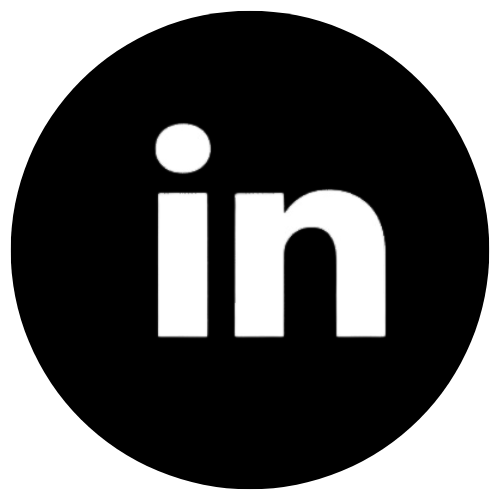Policy goals: All people of color have basic needs met
We all have access to affordable healthcare
For people of color, getting the care we need when we need it is extremely difficult. Social determinants of health, like access to affordable food, access to safe places to exercise, stress, and inadequate income, all present barriers to basic health maintenance. Compound the lack of these preventative measures with racial bias within the care system and unreasonable costs for that care, and it’s no wonder we see tremendous health disparities by race and ethnicity.
Without affordable health insurance, people are less likely to find and receive the level of care they need. As simple as it sounds, people of color with health insurance are more likely to receive preventative treatment and treatment for chronic and terminal illnesses. In the U.S., 17% of Black people, 21% of Latinos, and 19% of Native Americans forgo doctors’ visits due to costs. While the number of the uninsured persons went down for many people of color due to the Affordable Care Act, non-elderly Hispanic people, Black people, Native Americans, and Alaska Natives remain significantly more likely than Whites to be uninsured. This means that many turn to credit cards to pay for healthcare expenses, which can lead to past-due medical debt, and even worse, bankruptcy. The average American spent $11,000 in healthcare costs in 2018, and costs under private health insurance increased 4.5% between 2017 and 2018. The U.S. spent more on healthcare in 2018 than the GDP of many countries. It’s apparent that our current insurance and care systems are failing, particularly for people of color.
policies for consideration:
Healthcare for all
Currently, individuals can get insurance through either their employer’s private insurance, directly from a private insurer, or through a public insurance plan, i.e., Medicaid or Medicare. Of the 27 million people who remain uninsured, 37% are Hispanic and 14% are Black. Forty-five percent of those who are uninsured are such because costs are too high, despite being employed.
We need a better system that does not require going into debt to receive care. We need a system that does not depend on employers’ goodwill, but provides access to basic care for everyone. Plans for universal health care—also known as Medicare for All—would cover all costs associated with medical care: prescription drugs, doctor’s visits, medical devices, lab services, hearing, dental, and vision. This would replace almost all private insurance with a public plan without premiums and little to no cost sharing (co-payments) for prescription drugs. Individuals could pay to add benefits to this basic public plan. The revenue to pay for the different versions of Medicare for All could be raised by savings on administration, implementing a payroll tax on employers, and/or changing the tax code, such as increasing income taxes on the top 5% of earners or increasing taxes on unearned income.
Medical debt relief
Forty-one percent of working age Americans have medical debt, and many are having trouble paying off their debt. Only 7% of medical debt in collections is paid off. While lowering healthcare costs going forward is imperative, it is also important to recognize that current medical debt absconds economic freedom today. Here are policies for consideration:
- Exclude medical debt as a contributor to credit scores
- Negotiate settlements for $81 billion in existing past-due medical debts and pay off the balance on behalf of patients







